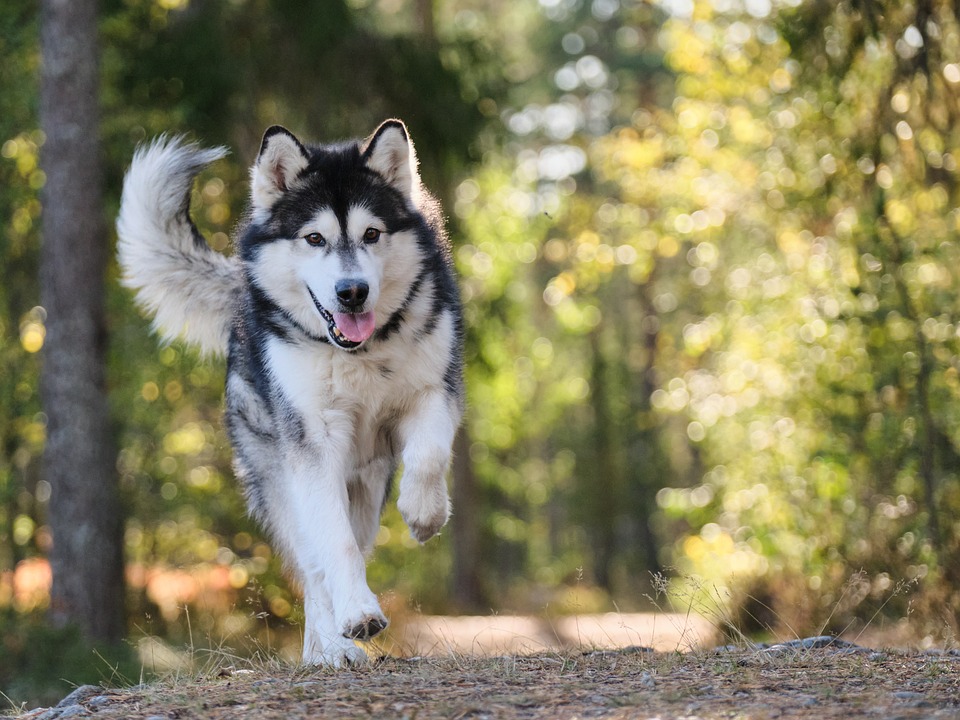Territorial marking behavior is a natural instinct that is deeply ingrained in dogs. While it may be frustrating for dog owners, understanding the reasons behind this behavior can help manage and modify it effectively. In this comprehensive guide, we will delve into the intricacies of territorial marking behavior in dogs, discuss its causes, and provide practical tips for prevention and training.
Territorial marking behavior refers to a dog’s instinctual act of urinating or leaving scent marks in specific locations to establish and declare ownership of a territory. This behavior is common among both male and female dogs, although intact males and females are more prone to engaging in territorial marking.
The purpose of territorial marking is multifaceted. Dogs mark their territory to communicate with other dogs, establish boundaries, and advertise their presence. It is a way for them to leave their scent and claim ownership of an area. Additionally, territorial marking can serve as a means for dogs to assert dominance and establish their social status within a group.
It is important to distinguish between territorial marking and normal urination. Territorial marking is usually characterized by small amounts of urine being deposited on vertical surfaces, such as walls, trees, or furniture. Normal urination, on the other hand, is a larger release of urine on horizontal surfaces, like the ground or grass.
Several factors contribute to territorial marking behavior in dogs. Hormonal factors, such as testosterone in intact males, can increase the likelihood of marking behavior. Sexual motivation also plays a role, as intact males and females may mark more frequently to attract mates. Social status and dominance can also influence marking behavior, with dogs lower in the social hierarchy being more prone to marking.
Anxiety and stress can trigger or worsen territorial marking. Dogs may mark their territory as a way to alleviate their anxiety or establish a sense of control. Certain dog breeds may also have a higher tendency to engage in territorial marking behavior.
Identifying territorial marking behavior is essential for effective management. Common signs include frequent leg lifting or squatting to urinate on vertical surfaces, sniffing excessively in specific areas, and displaying signs of arousal or assertiveness while marking. Dogs often choose specific locations and targets for marking, such as doorways, corners, or objects with vertical surfaces. The frequency and timing of marking can vary, with some dogs marking daily and others marking intermittently.
Managing and preventing territorial marking behavior can be achieved through various strategies. Spaying or neutering your dog can have a positive impact on reducing marking behavior, as it decreases hormone levels. Consistent and proper training is crucial, with techniques like interrupting marking behaviors, using verbal cues, and rewarding desired behaviors. Environmental management involves creating a conducive environment that discourages marking, such as limiting access to certain areas or using deterrents. Positive reinforcement can also be used to reward desired behaviors and discourage marking. Redirecting and distracting your dog’s attention away from marking can be achieved through interactive toys or engaging in other activities. Cleaning and neutralizing marked areas is important to eliminate odors and prevent re-marking.
In the FAQs section, common questions about territorial marking behavior are addressed. Female dogs can engage in territorial marking, although it may be less common than in males. While spaying or neutering can greatly reduce territorial marking, it may not eliminate it completely. Territorial marking is not necessarily a sign of aggression, as it is a natural behavior for dogs. However, aggressive behavior can sometimes accompany territorial marking. Training methods can be effective in managing territorial marking, but complete elimination may not always be possible. Practical tips are provided for dealing with indoor territorial marking incidents.
In conclusion, territorial marking behavior is a natural instinct deeply rooted in dogs. While it can present challenges for dog owners, understanding the underlying causes and implementing appropriate management techniques can help control and modify this behavior effectively. By following the comprehensive guide provided in this article, you can establish a harmonious living environment for both you and your furry friend.









